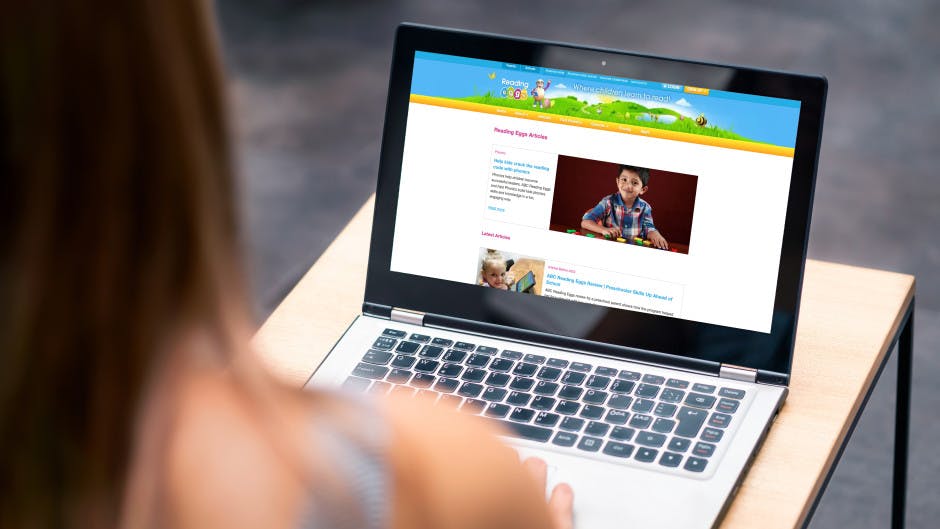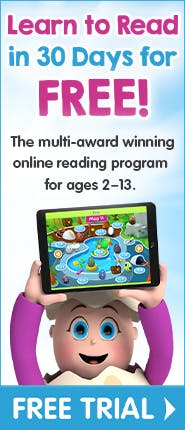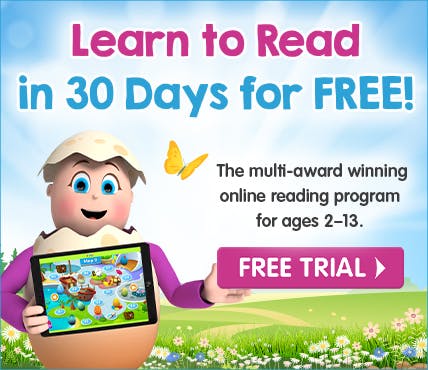


3 Ways to Teach Children Phonics

One of the most common difficulties a child will encounter when learning to read is the failure to understand phonics, that is, how written spellings represent the sounds of spoken words. To help teach your children phonics skills, try engaging them in activities at home that incorporate the following:
Play
Playing with your child is actually enormously significant to their language development. As you play with them, in whatever activity, whether it’s building Lego, block towers, train tracks, playing with dolls in their dollhouse, or drawing, be intentional about using language. This can feel stilted and unnatural at first, but it becomes easier with time. There are few different types of ‘talk’ you can use—this helps you have a means of discussing things if you’re struggling:
Parallel Talk – This focuses on what the child is doing. You simply report back to the child what they are doing. For example, ‘You are pushing the blue train along the train track’, or ‘you are building a high block tower’. In this way you link language to what they are doing, thereby making direct links between words and things in the mind of the child.
Descriptive Talk – This focuses on the object. You provide words and descriptors for the things your child is playing with. For example, you might say, ‘the red play dough is squishy’, or ‘the blocks tumble down to the ground’.
Self Talk – Using this kind of talk, you focus on what you are doing. ‘I’m drawing a purple butterfly with green polka dots’, or ‘I’m rebuilding the block tower now’. This type of talk may seem unnecessary, but it actually helps kids develop their own language skills, and the more words they have in their memory banks, the better readers that they will be.
Sing
Singing is often overlooked as a valid means of developing the language ability of children. But it shouldn’t be. Nursery rhymes were de rigueur once upon a time, and for very good reason. Anytime that you mix words, meter, and music together, you actually end up with an incredibly powerful learning tool. Words alone are powerful, but add rhythm, meter, and melody, and you have something that can burrow further into the mind than a burr under the saddle of a Palomino.
So sing to your child. Sing with your child. Teach them your favorite songs, and learn the ones that they enjoy. Here are a few to jog your memory to help you get started:
The Eensy Weensy Spider
Twinkle Twinkle little Star
Mary had a Little Lamb
It’s Raining it’s Pouring
Read
And, of course, we cannot neglect the fine art of reading. In concentrating on phonics games that help develop a child’s understanding of phonics, it must never be done at the expense of actually sitting down and reading books to and with children. Reading to your child teaches them that books are enjoyable things to engage with. It also models book-handling skills, as well as the fluent reading of a text. They pick up a lot about how to read, just by listening to a parent or caregiver read to them.
The understanding of phonics for kids is very important to their reading ability. While emphasis on phonics can, at times, overshadow that of reading, the goal for any phonics game is to get kids reading real books.
Reading Eggs uses a synthetic approach to phonics with lessons that help kids map each letter or letter combination with the appropriate sound. Each letter of the alphabet is introduced in its own lesson, allowing kids to focus on the correspondence between a particular letter and its appropriate sounds, thus reinforcing the alphabetic principle. All the lessons in Reading Eggs build one upon the next so that by Lesson 9, kids read their first book. All activities in the programme, including the phonics games, have as their focus the reading of real books.
From Lesson 9 on, kids read an e-book in each lesson. All of the books dovetail seamlessly with the content of their respective lessons; therefore, all phonics instruction that kids receive and engage with in a lesson is put to immediate use reading real texts. The lessons are engaging and highly engaging, and reward kids for every lesson they complete. This keeps kids immersed in the learning environment, and motivated to continue reading.


